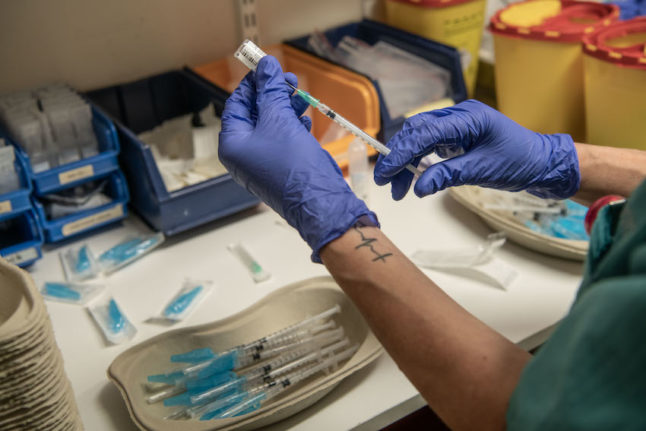The official figures come from national infectious disease agency Statens Serum Institut (SSI).
Data from the weekend’s 109 figures correlates to an average of 36 new cases per day between Friday and Monday.
A total of 22 people are currently hospitalised with Covid-19 in Denmark, according to the latest figures published on Tuesday; three of these are in intensive care and receiving ventilator treatment.
A total of 15,214 new tests have been conducted since the previous count, according to SSI’s daily update. This does not necessarily correspond to the time frame covered by the figure for new confirmed cases.
Meanwhile, a large number of municipalities across the country show infection rates of 0 per 100,000 residents for the 7-day period up to July 28th.
Many others have infection rates of between 1 and 19 per 100,000 inhabitants while two municipalities – Herlev and Køge – are displayed as having between 20 and 29 infections per 100,000 inhabitants.
The criteria currently used by health authorities in Denmark for considering European travel to be safe is an infection rate of under 20 per 100,000 inhabitants in the destination country.
READ ALSO:
- UPDATED: MAP: Where can you travel to from Denmark?
- Why is Norway tougher than Denmark on travel to Sweden?
The average number of daily new Covid-19 case over the two weeks previous to last week is 24 per day (week commencing July 6th) and 34 per day (week commencing July 13th).
Testing has remained stable in July at around 15,000 per day on weekdays and 10,000 per day on weekends, according to SSI’s archive of daily updates.
As such, the average number of cases recorded each day appears to be relatively stable and at a low level over the last three weeks, with local breakdowns also showing low figures.
Last week, Minister of Health Magnus Heunicke advised the public to maintain hygiene but also said the virus remained “under control” in the country.
“The Danish Patient Safety Authority is responsible for tracing active infections and they report that there are no persistent, out-of-control infection chains. Further, the total number of newly-hospitalised is still stable at a low level,” he added at the time.
Last weekend saw an increase in the number of hospitalised patients from 16 to 23 (this has since fallen again, to 22).
It should be noted that this may be related to fewer patients being discharged from hospitals in general on weekends.
The latest update from SSI is reassuring, according to Christian Wejse, a specialist in infectious diseases at Aarhus University.
SSI’s archived data shows daily new infection figures of 32, 37, 35, 54 and 38 from Monday to Friday last week.
“The figures look reasonable today after we have seen an increase in the number of infections in recent weeks, but now it looks more reassuring,” Wejse told Ritzau.
“If we had seen a continued increase in the number of infections, that would have been a cause for concern,” he added.
13,577 people have tested positive for the coronavirus since the beginning of the epidemic in Denmark. 613 deaths with the virus have been recorded.



 Please whitelist us to continue reading.
Please whitelist us to continue reading.
Member comments